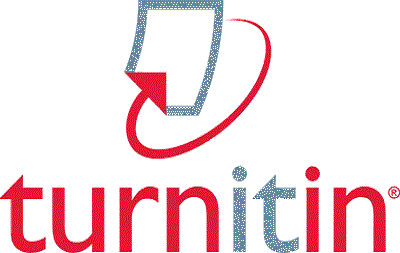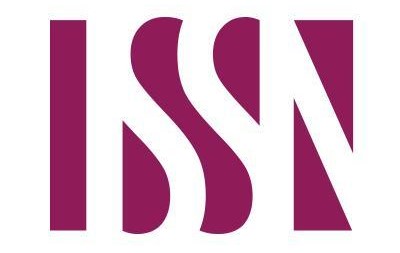Effectiveness of Aquatic Training in Developing Some Physical Abilities and Poomsae Performance Level for Young Taekwondo Athletes
Main Article Content
Abstract
This research aims to determine the effectiveness of aquatic training in developing certain physical abilities and improving poomsae performance levels among young taekwondo players. The researcher employed an experimental design with two equivalent groups (experimental and control) to verify the impact of the training program. The study sample consisted of 22 young taekwondo players. The most significant finding was a statistically significant superiority of the experimental group in developing the selected physical abilities and poomsae performance levels compared to the control group, thus confirming the effectiveness of aquatic training. Based on these results, the researcher recommends integrating aquatic training into the training plans of young taekwondo players.
Article Details

This work is licensed under a Creative Commons Attribution-NonCommercial 4.0 International License.
References
Abdel Fattah, A. A.-E. A. (1997). Sports training, physiological foundations (1st edition, p. 196). Dar Al-Fikr Al-Arabi.
Abreu, A. , et al. (2018). The effects of aquatic exercise on balance and functional mobility in older adults. A Systematic Review, 87.
Al-Jamal, J. A.-A. (2004). Aquatic Exercises and Fitness (pp. 13–15). Al-Jamal Printing and Advertising Foundation.
Ashraq, A. M., & Firas, M. A.-R. (2015). The effect of using the aquatic medium on developing anaerobic capacity and the skills of shooting with the ladder jump in basketball. Journal of Sports Sciences, 8(1).
Coad, L. , et al. (2019). Aquatic exercise improves balance and functional ability in adults with neurological conditions. A Systematic Review.
Cocchiarella, N. , et al. (2019). The effects of aquatic plyometric training on agility and jumping performance in athletes. 110.
Cristine, L. A., Eduardo, L. cadore, Stephanie, S. pinto, Marcus, peikriszwili T., & eduardo, marczwski da silva. (2011). Luiz Fernando martins kruel ,cardiorespiratory Neuromuclar in water and kinematic responses to stationary running performed in water And on dry land eur J Appl physiol. J Appl Physiol , 1157–1166.
Dakhil, Y. A. E. A. (2024). The effect of resistance exercises in an aquatic environment on some physical variables and the achievement of the 100-meter freestyle running. Journal of Studies and Researches of Sport Education, 34(4). https://doi.org/10.55998/jsrse.v34i4.800
Fatima, A. M., & Asma, H. K. (2007). A comparative study of resistance training on land and in water on developing some abilities specific to the triple jump. Al-Fath Journal, 29.
Hassanein, M. S. (2004). Measurement and Evaluation in Physical Education and Sports. Dar Al-Fikr Al-Arabi.
Khairiya, A.-S., & Muhammad, J. B. (1998). Water Exercises (p. 94). Al-Maaref Establishment.
Khairiya, A.-S., & Youssef, D. M. J. B. (2001). An Introduction to Biological Responses to Highlight Running Training in and Out of Deep Water for Regulating Functional Efficiency in Female Athletes. International Conference on Sport and Globalization, 3, 76–77.
Kim, H. J. , et al. (2020). Effects of Taekwondo Poomsae training on balance, agility, and muscular Strength in adolescent.
Konno, Y. , et al. (2019). Hydrodynamic resistance and power output during aquatic exercise. 53–54.
Michael, A. F., Peter, D. stephano, chris, poole, toni la sala, & racine Emmons- Hindelong. (2016). Aerobic conditioning ln two simulated reduced-Gravity Environments compared to terrestrial treadmill training. Lnternational Journal of Applied Science and Technology, 6(4).
Mukhlif, M. M., Asil, F. H., & Shallal, M. H. (2019). The Effect of Using Competitive Exercise in Motor Fitness and Speed of Transition for Football Players (Junior Class). Indian Journal of Public Health Research & Development, 10(10), 2410. https://doi.org/10.5958/0976-5506.2019.03221.2
Piotrowska-Calka, E. (2010). EFFECTS OF A 24-WEEK DEEP WATER AEROBIC TRAINING PROGRAM ON CARDIOVASCULAR FITNESS. Biology of Sport, 27(2).
Ponce, G. , et al. (2021). . Aquatic training: A review of its effects on physical fitnes components. 45.
Pujol, S. , et al. (2020). Influence of aquatic resistance training on power production and sprint inathletes Performance . 103.
Ragheb, A. R. I. (2009). A training program using an aquatic medium to develop muscular strength and its effect on the performance level of basic strokes for junior tennis players [Master’s thesis]. Tanta University.
Sareeh, A. K. A.-F., & Ihab, H. (2012). The effect of water plyometry on developing some special abilities and speed of launch for high jumpers. Journal of Sports Sciences, 5(3).
Williams, S. M., & Lacy, A. (2018). Measurement and evaluation in physical education and exercise science. Routledge.





 IASJ
IASJ CC-BY-4.0
CC-BY-4.0 turnitin
turnitin ISSN
ISSN DOAJ
DOAJ Crossref
Crossref GoogleScholar
GoogleScholar Orcid
Orcid